Inca Trails and Cave Paintings Vie to be World Heritage Sites, but Palace of Westminster May Lose Prized Status
A cave containing some of the earliest known paintings, a vast network of roads built by the Incas, and a citadel in Iraq dating back to the fifth millennium BC; these are just three of the sites expected to get Unesco World Heritage status this week.
At least 30 natural and cultural sites are hoping to add their names to the list of 981 World Heritage sites around the world. Inclusion on the list has significant economic implications. World Heritage sites are eligible for financial assistance towards preservation. The status is also a powerful draw for tourists.
However, the World Heritage Committee will decide whether to strip London's famous Palace of Westminster of its World Heritage status because of planned skyscrapers which could impact on important views of the Houses of Parliament.
Two of Australia's most famous protected areas may lose their status too. The Great Barrier Reef, one of the most biodiverse places on Earth, is being threatened by climate change, destructive coral-eating crown-of-thorns starfish, and pollution. The committee may downgrade its status to "World Heritage in Danger".
Prime Minister Tony Abbott has asked Unesco to remove World Heritage status from part of the Tasmanian Wilderness, a huge rainforest, to allow logging in the site.
The Chauvet Cave in southern France
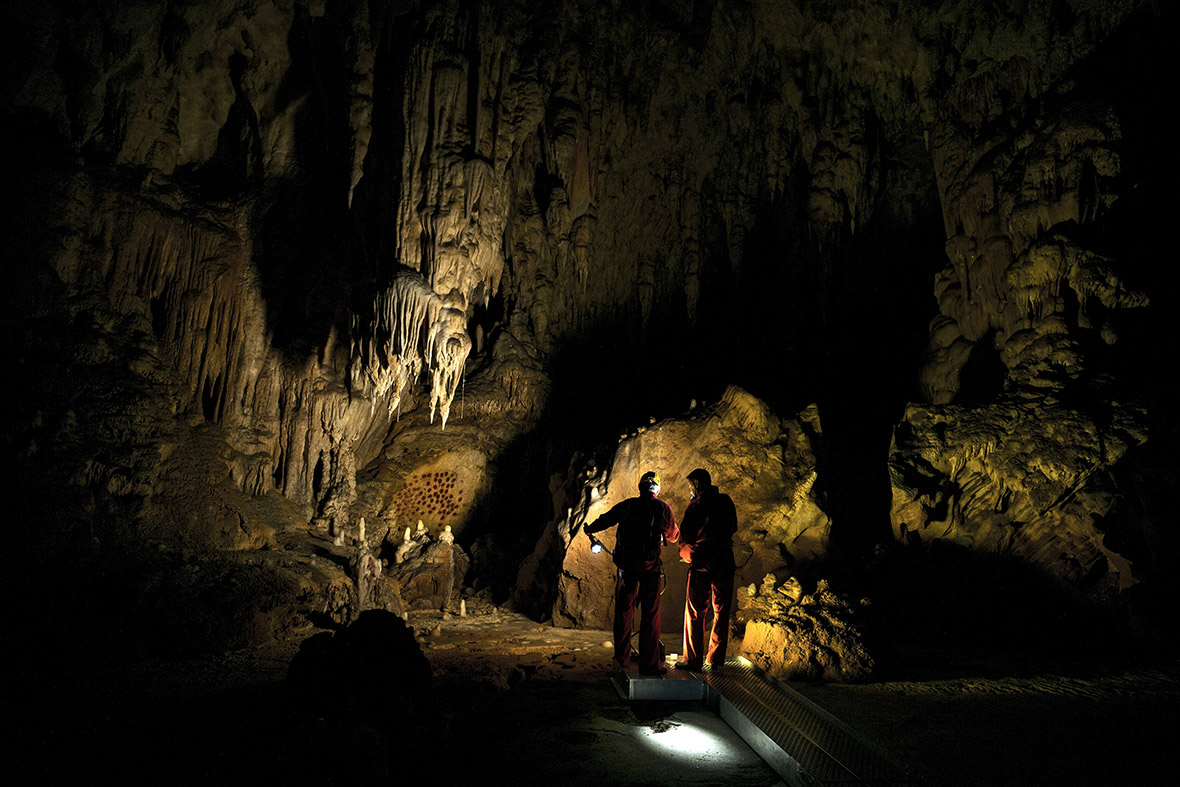
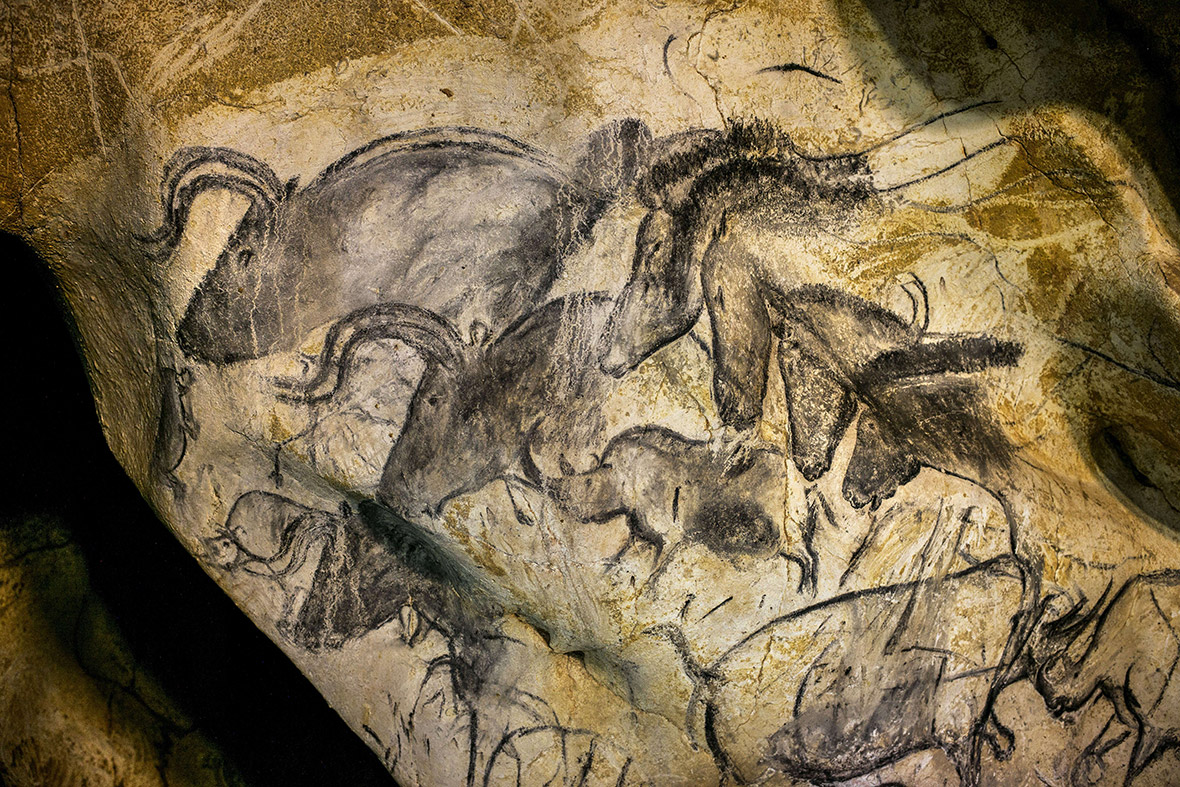
The cave, located in a limestone plateau of the meandering Ardeche River in southern France, contains some of the earliest known paintings, drawn more than 30,000 years ago.
The grotto has more than 1,000 pictures -- many of which feature animals such as bison, mammoths and rhinos.
The cave was closed off by a rock fall around 20,000 years ago and remained sealed until its rediscovery in 1994. More drawings are expected to be found in remote parts of the grotto.
The Citadel of Arbil, northern Iraq
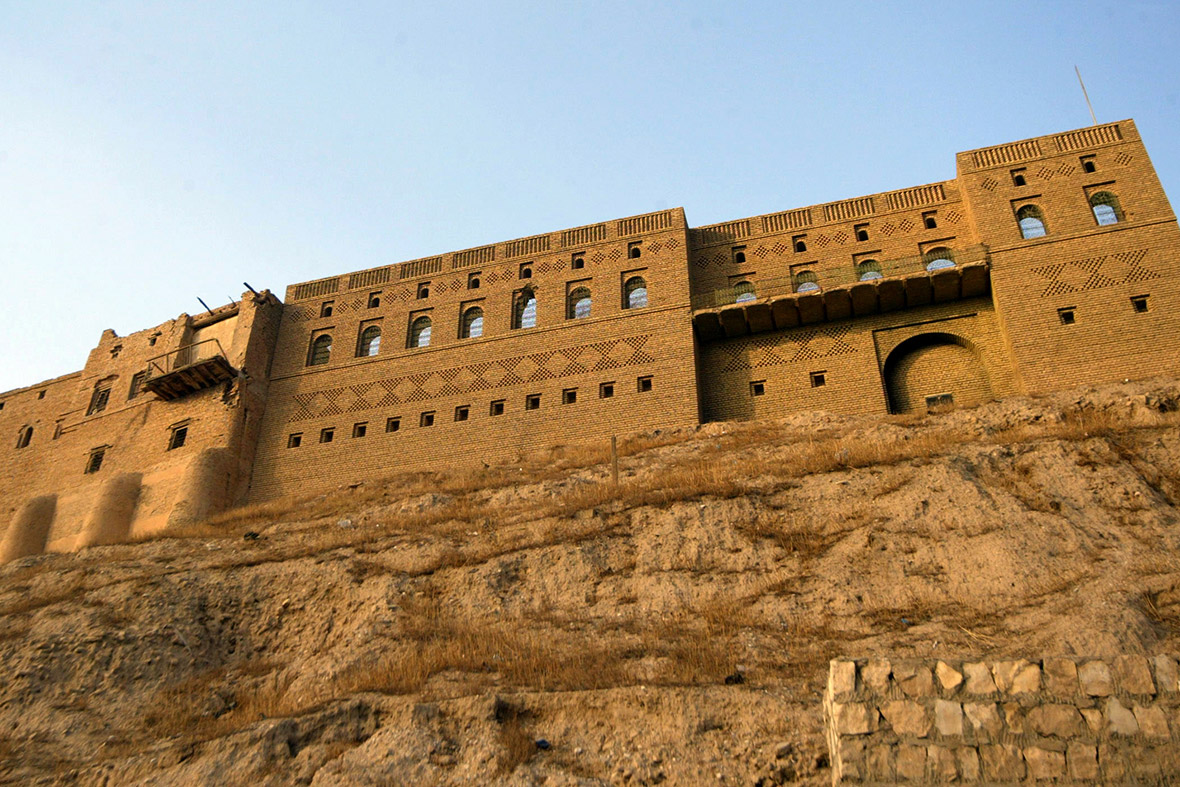

The Citadel of Arbil is a tell or occupied mound in Kurdistan, northern Iraq. Some believe it is the oldest continuously inhabited town in the world; the earliest evidence for occupation dates to the 5th millennium BC, and possibly earlier.
The Qhapaq Nan, or Inca Trail, Argentina, Bolivia, Chile, Colombia, Ecuador and Peru
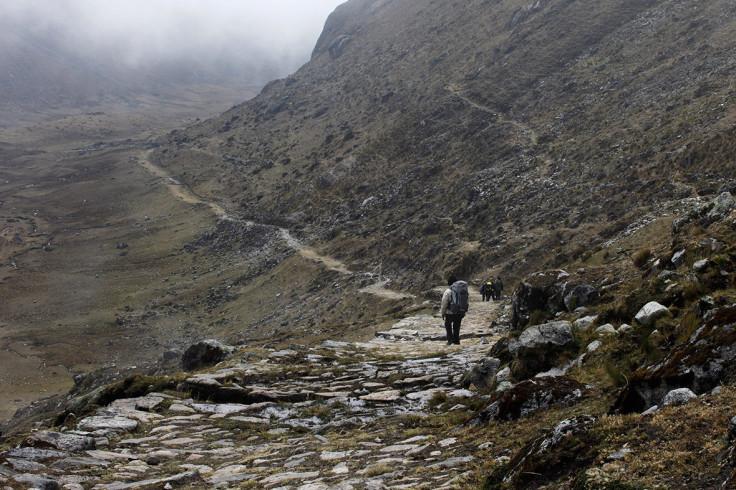
The Qhapaq Nan is a huge network of roads once used by the mighty Inca Empire that snake through the high snowy peaks of the Andes.
The trails cover more than 30,000 kilometres (18,600 miles) and go through six countries; Argentina, Bolivia, Chile, Colombia, Ecuador and Peru.
The Chaine des Puys, central France
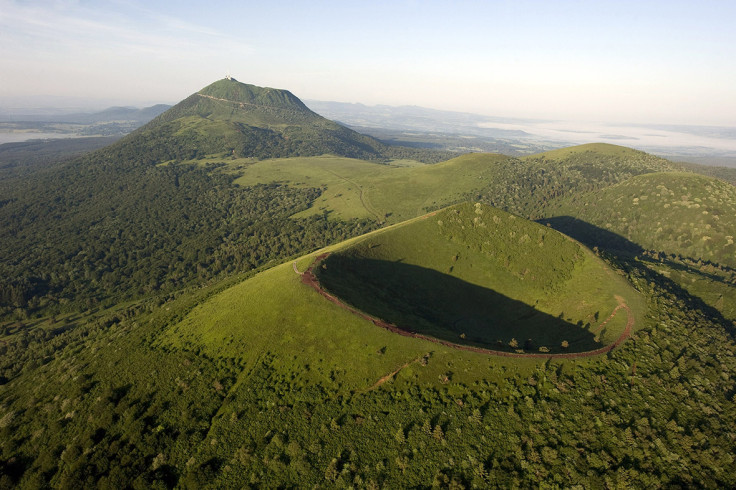
The Chaine des Puys is a chain of 80 extinct volcanoes covering a distance of about 40 kilometres, near Clermont-Ferrand, France
The chain includes 48 cinder cones, eight lava domes, and 15 explosion craters. The last eruption was around 6,000 years ago.
The Rani-ki-Vav stepwell, Gujarat, India
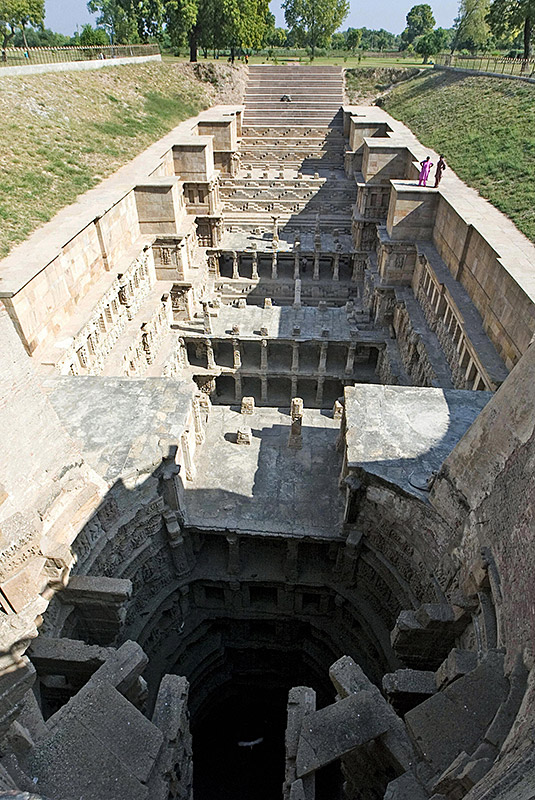
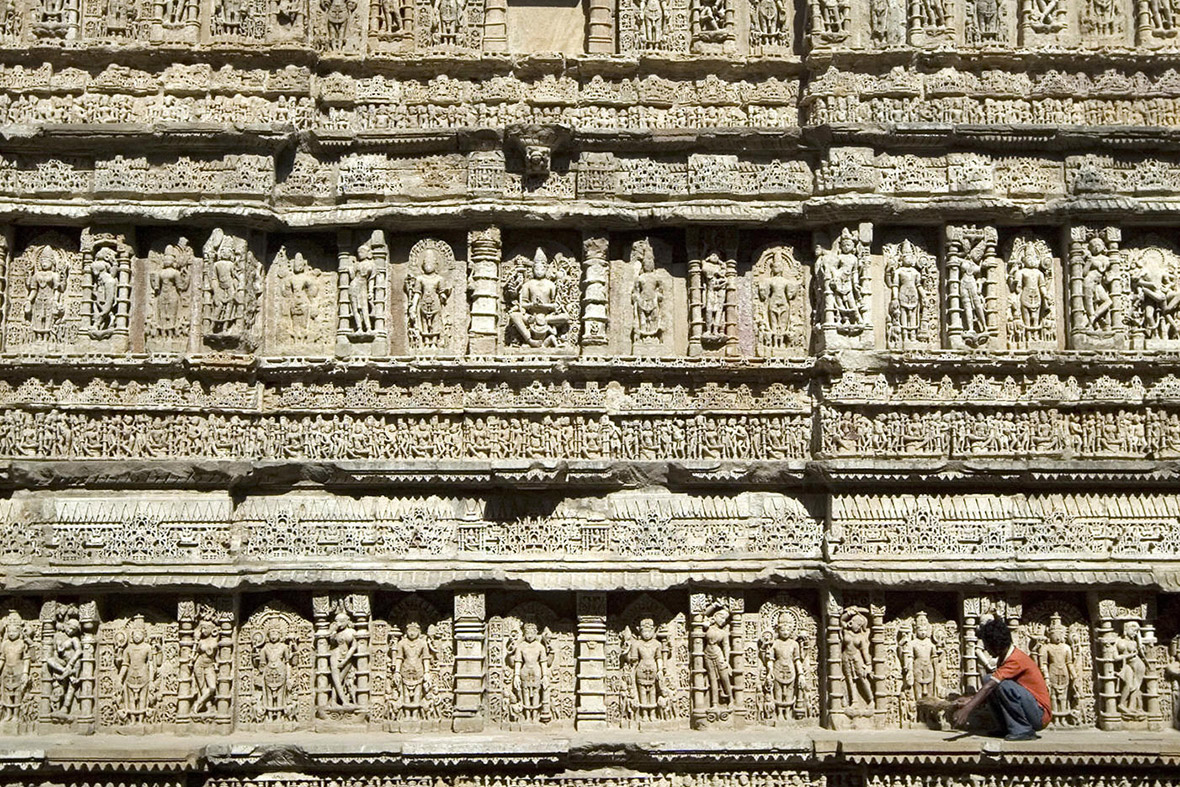
The Rani-ki-Vav stepwell, on the banks of the Saraswati River in Gujarat, is thought to have been built by Udaimati, The Queen of Bhim Deva, in memory of her late husband Bhimdev I (AD 1022 to 1063).
According to its official nomination document, the site was designed as an inverted temple highlighting the sanctity of water, and is divided into seven underground storeys of terraced walls with pavilions and buttresses.
The Great Barrier Reef, Australia

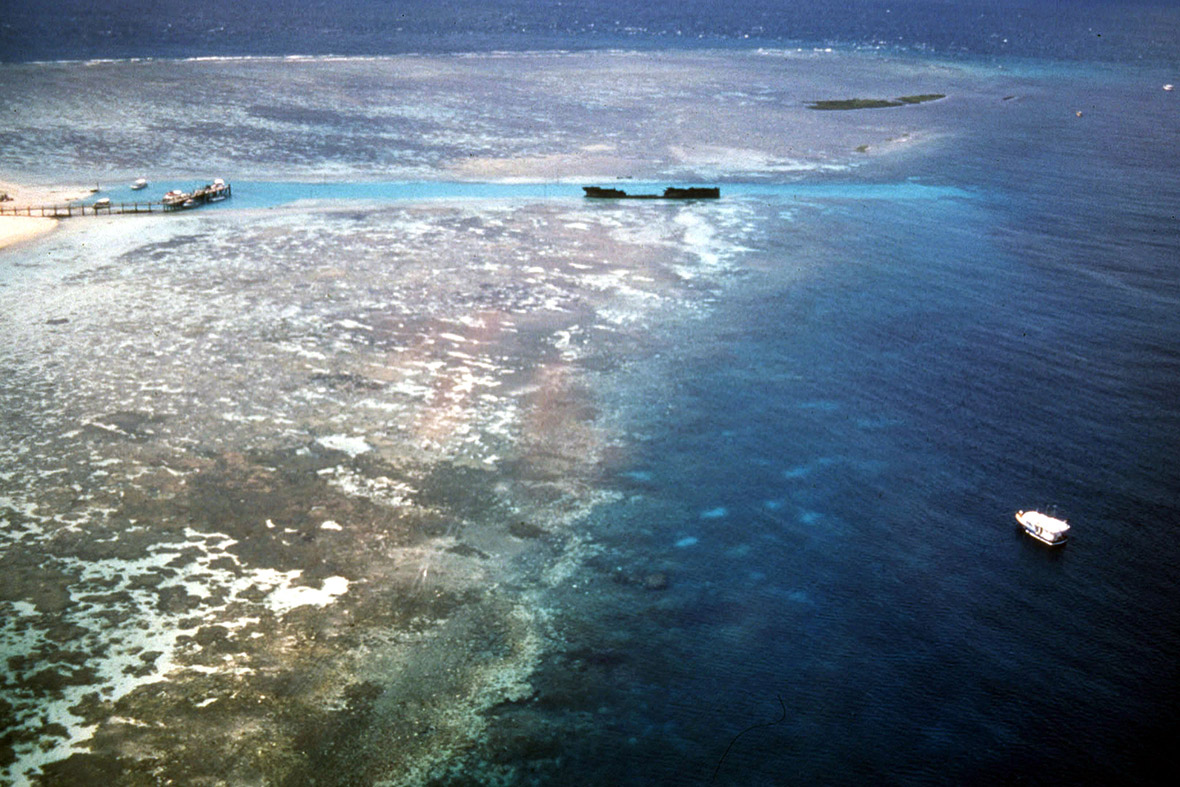
The Great Barrier Reef is considered in poor health and Unesco will vote on whether to downgrade its status to "World Heritage in Danger".
It is under growing pressure not just from climate change and the destructive coral-eating crown-of-thorns starfish, but agricultural run-off and rampant coastal development linked to mining.
The Tasmanian Wilderness, Tasmania, Australia
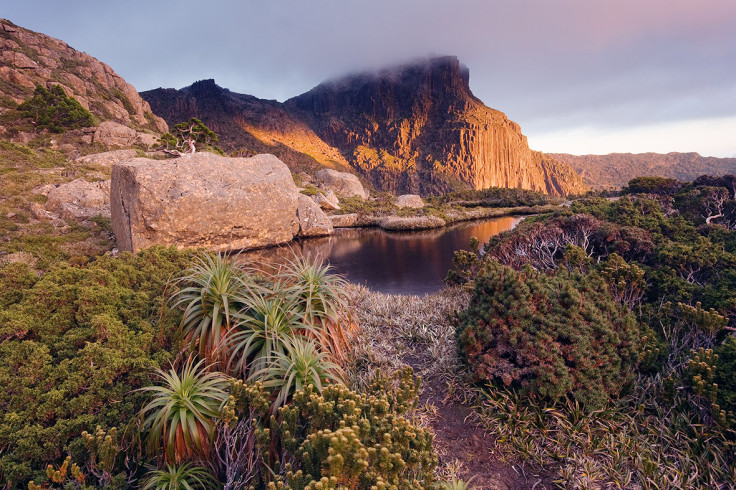
The Tasmanian Wilderness covers nearly 1.4 million hectares of Tasmania.
Prime Minister Tony Abbott, who favours more access for loggers, has requested Unesco remove its World Heritage status from 74,000 hectares (183,000 acres) of the area, claiming it was not pristine -- but this could be rejected at the meeting.
The Palace of Westminster, London
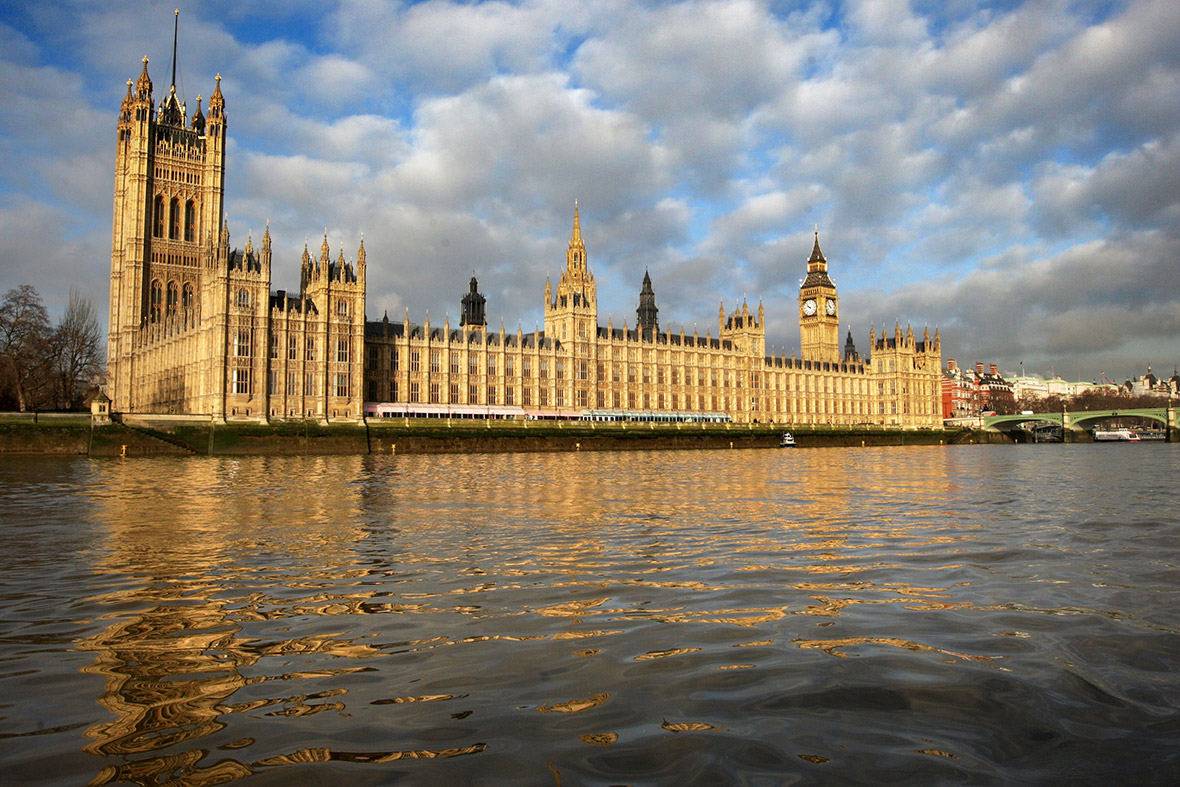

The Palace of Westminster may lose its World Heritage status over concerns there aren't enough restrictions governing the development of skyscrapers in London.
The committee warned that "there do not seem to be defined settings or overall agreed constraints in place to ensure that new tall buildings do not impact on important views and other attributes of the property".
© Copyright IBTimes 2024. All rights reserved.






